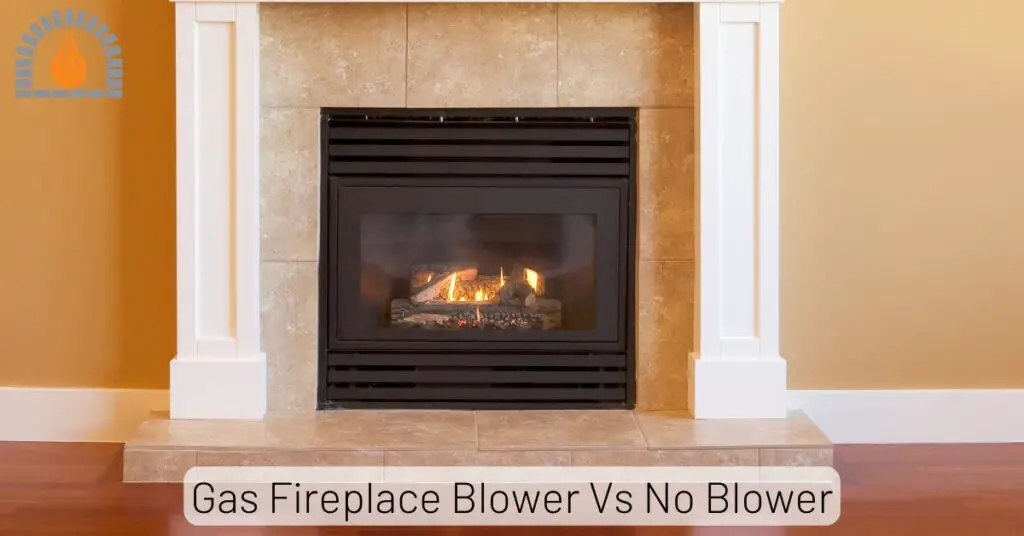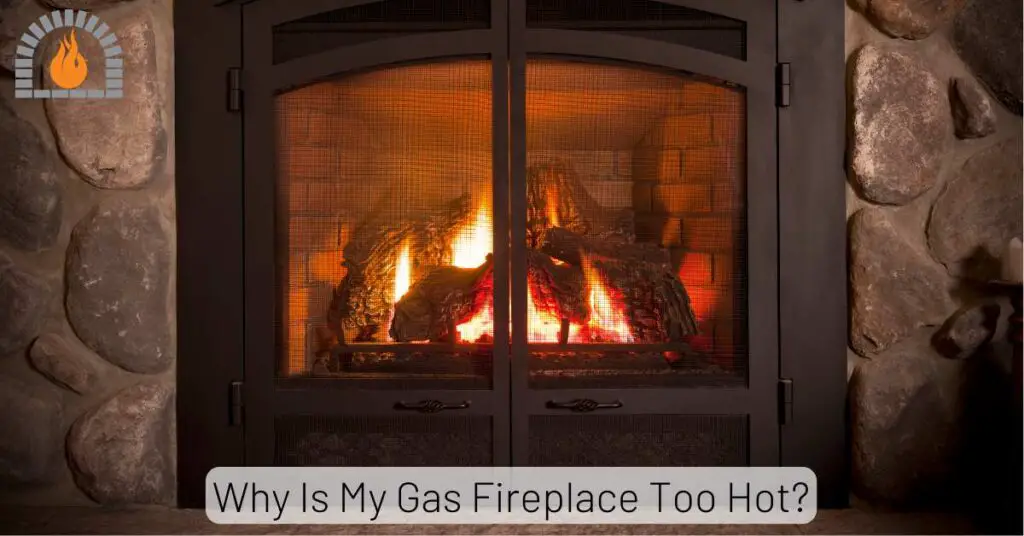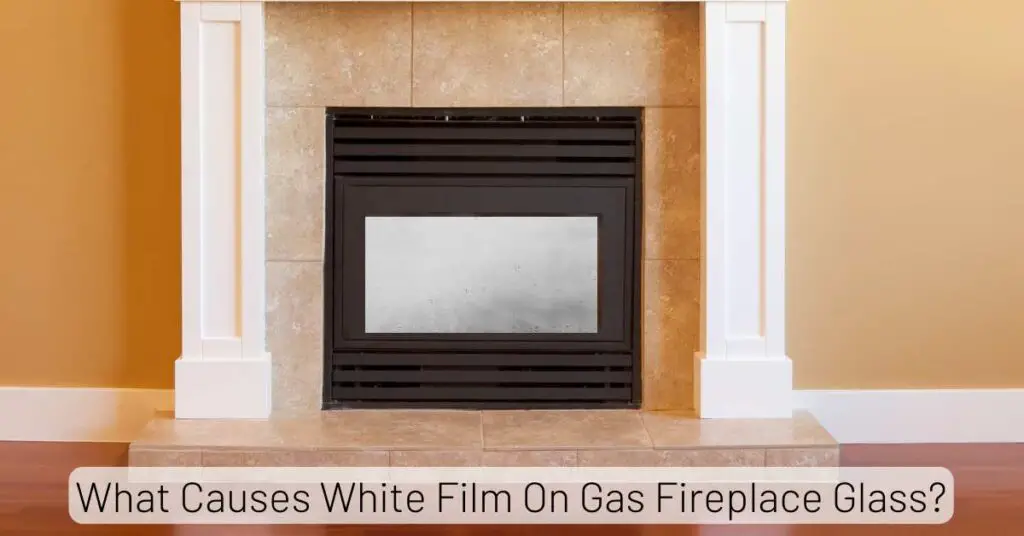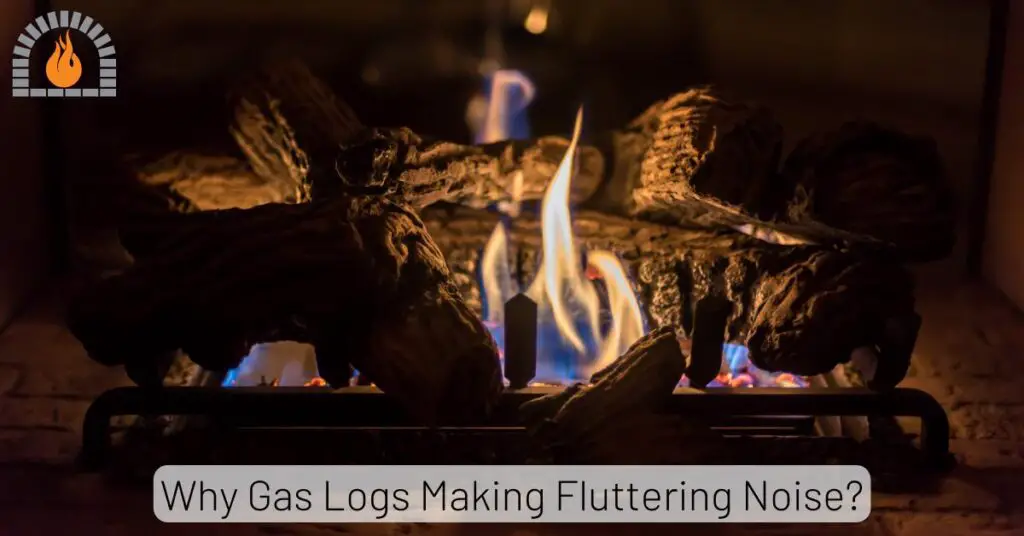Gas fireplaces have become popular for homeowners seeking an efficient and aesthetically pleasing way to heat their homes. The consistent blue flame that dances within the fireplace is an intriguing aspect that captures attention. But why gas fireplace blue flame always on?
In this article, we’ll elucidate the science behind this phenomenon, exploring the factors that contribute to the perpetual presence of the mesmerizing blue flame and offer potential solutions for any issues that may arise.
Understanding the Combustion Process
It’s essential to grasp the combustion process in gas fireplaces to comprehend why the blue flame persists. When natural gas is burned, it produces a range of colors, with blue being one of the predominant hues.
Why Gas Fireplace Blue Flame Always On?
A gas fireplace with a consistently blue flame is generally a positive sign, indicating that the combustion is efficient and complete. Blue flames in gas appliances, including gas fireplaces, result from natural gas or propane combustion with sufficient oxygen.
Here are some reasons why the flame in a gas fireplace may be consistently blue:
-
Complete Combustion: Blue flames indicate that the gas burns wholly and efficiently. Incomplete combustion can produce yellow or orange flames and may release carbon monoxide, which is dangerous.
-
Air-to-Fuel Ratio: The blue flame results from the proper air-to-fuel ratio. If the ratio is correct, the combustion is optimal, and you get a clean, blue flame.
-
Ventilation: Proper ventilation is crucial for complete combustion. Ensure that the fireplace has adequate ventilation to supply fresh air, which is needed for the combustion process.
-
Clean Burner and Logs: A clean burner and logs contribute to a more efficient burn. Make sure to follow the manufacturer’s recommendations for cleaning and maintenance.
-
Burner Adjustment: Some gas fireplaces allow for adjustments to the air-to-fuel ratio. If your fireplace has this feature, refer to the manufacturer’s instructions for proper adjustments.
If you notice a change in the flame color or characteristics, it’s essential to investigate the cause.
If the flame becomes yellow or exhibits other unusual features, it could be a sign of incomplete combustion, and you should consult with a professional technician to inspect and service your gas fireplace.
Remember that safety is paramount when dealing with gas appliances. If you ever smell gas or suspect a gas leak, evacuate the area immediately and contact your gas utility provider or emergency services.
Related Post: How To Fix Yellow Flame On Gas Fireplace?
Is a Blue Flame in the Gas Fireplace Good?
Yes, a blue flame in a gas fireplace is generally considered good. A blue flame indicates complete combustion of the gas, which is more efficient and cleaner than a yellow or orange flame.
When natural gas or propane burns cleanly, it produces a blue flame because the combustion process is more complete, resulting in fewer byproducts like soot and carbon monoxide.
Advantages of a Blue Flame
Besides its visual allure, the blue flame in gas fireplaces offers practical benefits. It indicates a clean burn, reducing soot accumulation and other deposits in the fireplace and chimney.
This not only prolongs the fireplace’s lifespan but also minimizes maintenance requirements.
Related Post: What Causes White Film On Gas Fireplace Glass?
Affiliate Disclosure: Fireplaceadviser.com is a participant in the Amazon Services LLC Associates Program. We may earn a commission when you click on certain links on this site and purchase.

Hello!! I am Jamal Khan. I often fix my home electric heaters and gas stove problems and research the common issues in the heating units to improve my knowledge and expertise. The aim of establishing fireplaceadviser.com is to share my expertise and knowledge with my audience.












